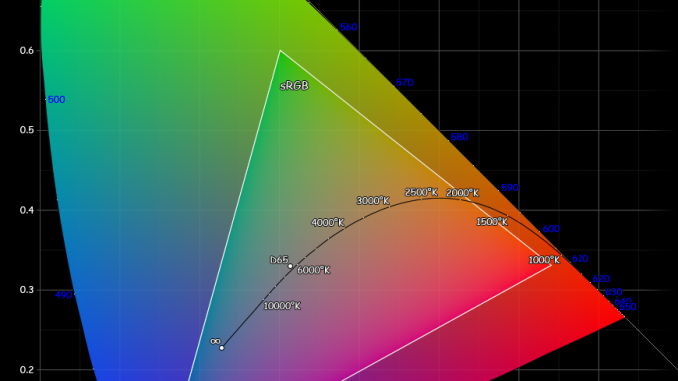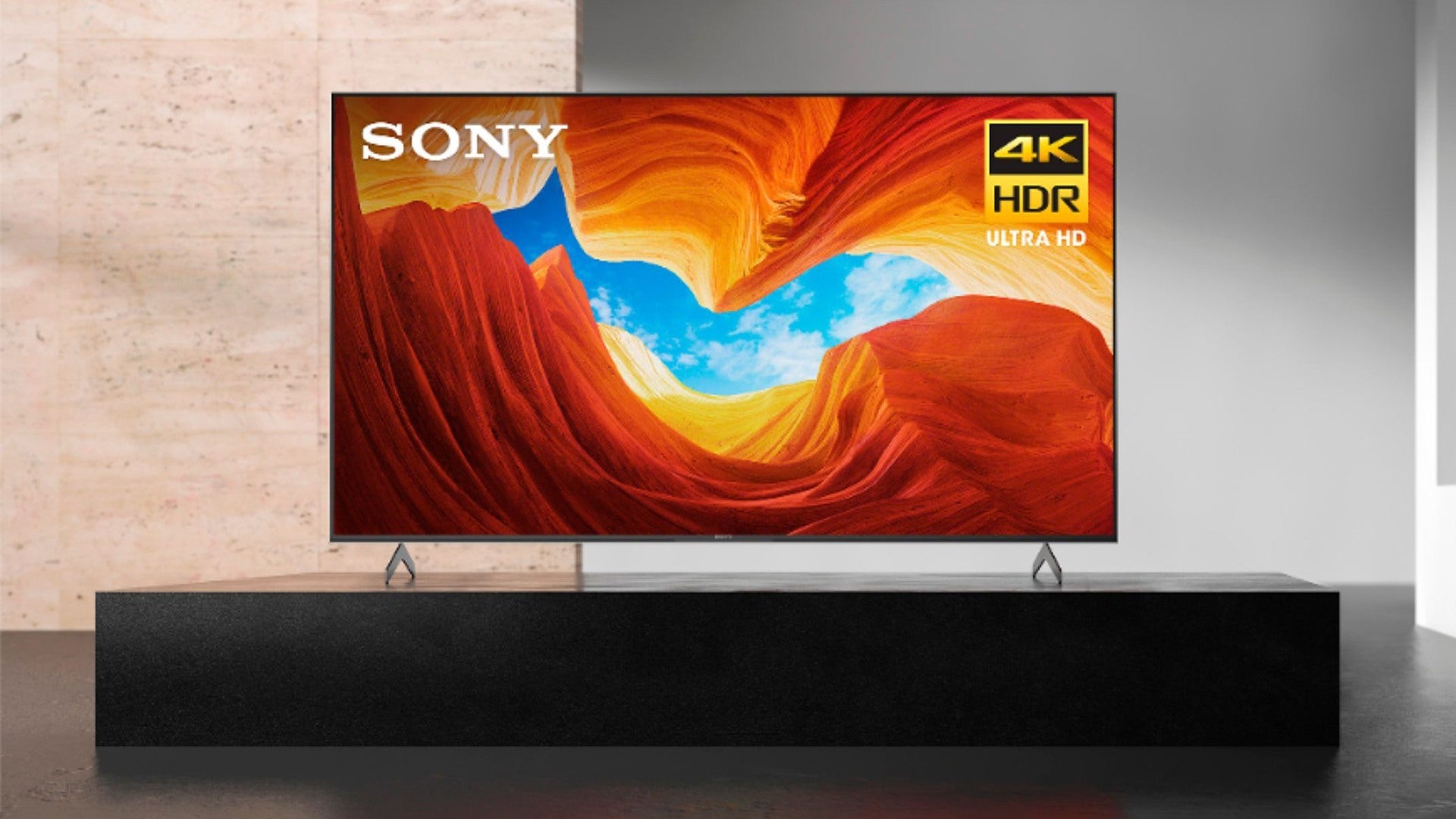Last Updated on August 24, 2021 by Asif Iqbal Shaik
HDR, or High Dynamic Range, is expected to be the next big thing to look out for when you buy a TV. But what exactly is HDR for TVs and why should you even know about it? Well, after HD, Full HD, and 4K, HDR is definitely the next big thing in TVs, monitors, and even smartphone and tablet displays. And that’s because it improves the visual experience
What is HDR in TVs, Monitors, & Other Displays?
Subscribe to Onsitego
Get the latest technology news, reviews, and opinions on tech products right into your inboxLet’s begin by considering what you essentially look for when you buy a TV. The picture you see needs to feel natural, the colours should be nice and “pop” out and the blacks should appear as they are – black and not a very deep grey, for a real feel. This forms the most popular grounds for choosing a TV – and believe it or not, most people judge a TV by these, rather than the pixel count or resolution. Now, if this is what you too are looking for, you need to learn about two factors – contrast ratio (how bright and dark the TV can get) and colour accuracy (how close to natural or the intended palette the colours feel).
Notice higher colour volume and better-controlled highlights and shadows in the image on the right.
What HDR does is, it amplifies both these factors – so in the high dynamic range, the bright parts of the image get brighter, and the dark parts darker, so the image seems to have more “depth”. Colour accuracy also gets a shine up – so every hue gets expanded and the colours do what you expect them to – pop. When an HDR TV does that, it produces an image that is more realistic than what you will see on a regular HDTV.

Is HDR On Displays the Same as HDR in Photography?
If you have a DSLR, you have probably already used this in images. But there is one basic difference in what HDR translates to when you use it in relation to a camera and a TV. When you use HDR in your photography, it is essentially a part of the capture process, ie, it is a process of combining different exposures to give a more realistic feel to the image than a single exposure could do. But in the case of your TV, HDR is related to the display, ie, it expands the contrast ratio and the colour accuracy in a way that when you are viewing the content, it feels more natural.
This means that your HDR TV will show brighter images, on parts that are bright and show deeper blacks in the parts that require it. This also means that where the displayed content is HDR-ready, there will be more data in the image so these details can be amplified. What this means for you is, an image that you see on your HDR TV will feel more real, and almost as if you are a part of the image and seeing it in real-time rather than as a recorded, transmitted item, because your TV is not just enhancing the dynamic range of the image, it is actually expanding it.
How Does HDR Work On TVs & Monitors?

There are two parts to explaining this: the TV itself, and the source.
In the first part, the TV should have the capability to light up certain parts while dimming the others. It is in effect similar to what an LCD TV does in its local dimming feature, but an HDR TV typically does it better. Another feature is, an HDR TV will also have a WCG (Wide Colour Gamut). This means that the range of colours that the TV is capable of displaying will be more than a regular LCD TV, and therefore, the colours that were intended at the beginning will show as they are, and not processed to look dimmer or akin to another.

HDR-ready content is yet to be available in a big way. Most of the images we have today are shot without dynamic ranges and with limited colours in order to be displayed correctly on a standard LCD TV. Your HDR TV will still enhance and expand these images, but the magic really starts when HDR content is present – then what you have is an array of images in true colour and with greater depth than your TV was earlier capable of displaying.
What Happens On An LCD TV While Displaying HDR Images & Videos?
A regular LCD TV does not have the full range of contrast ratio, but it is still capable of showing you depth in an image. How it does this is through local dimming – wherein areas that require darkness are dimmed and the areas that require brightness are left as is. By doing this, the apparent contrast ratio is improved in an LCD, but because it does not work on processing the contrast ratio or the colour accuracy factors, the image you see on an LCD will not have the hyper-realism or even the depth that an HDR TV will display.
Why Should You Care?
If realistic images matter to you, if you want to see images as they are, an HDR TV will give you just that – images with an enhanced and expanded quality that feel like you are seeing them firsthand and not transmitted. How well a TV is able to show you such an image will depend on whether your TV is streaming HDR content – which is basically rather non-existent yet – but will be in the form of 4K Blu-rays or even some content on Netflix. But even in the absence of ready content, your HDR TV should be able to process images to give you a more realistic viewing experience. If that is what you are looking for, HDR TV is really the way ahead.




Discussion about this post